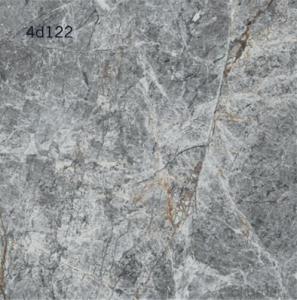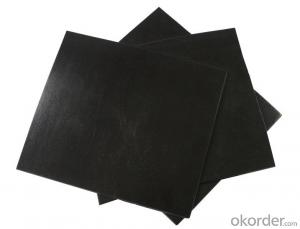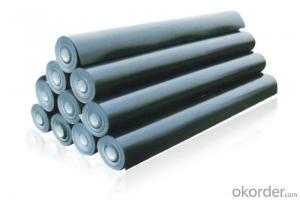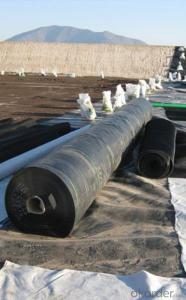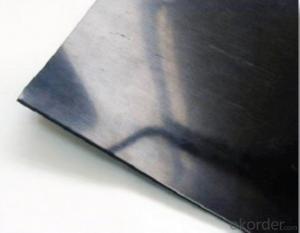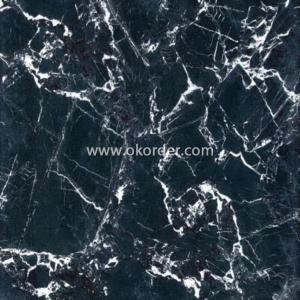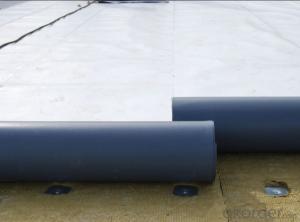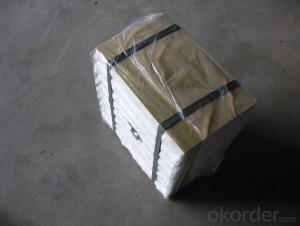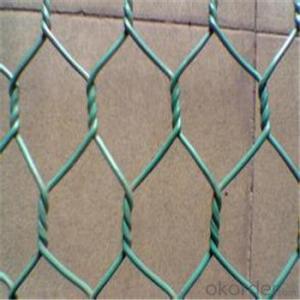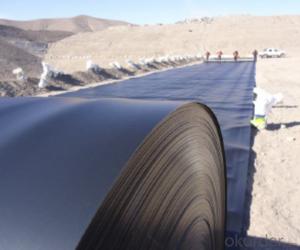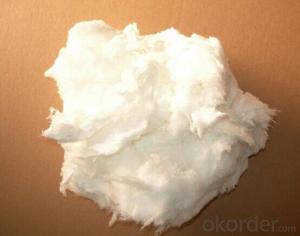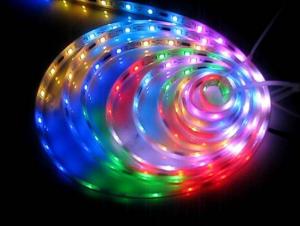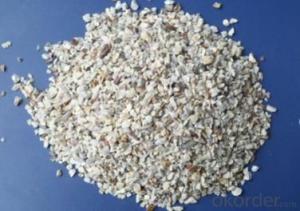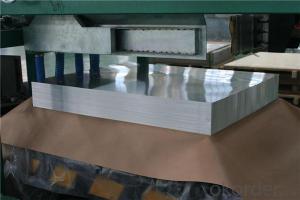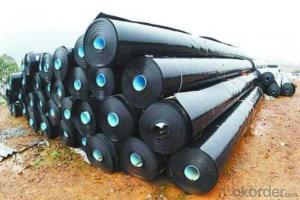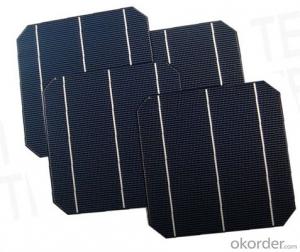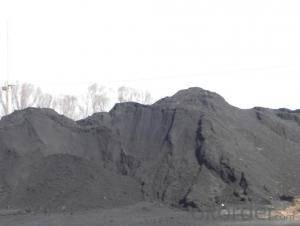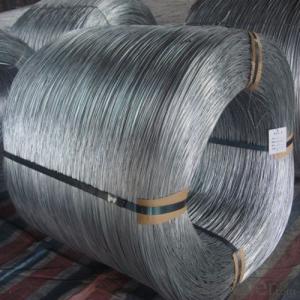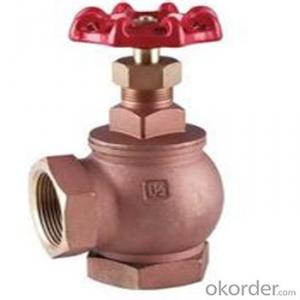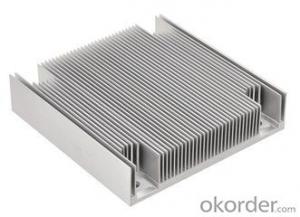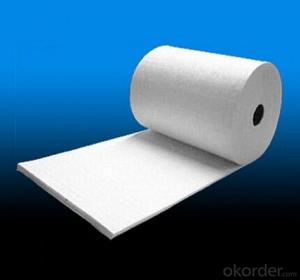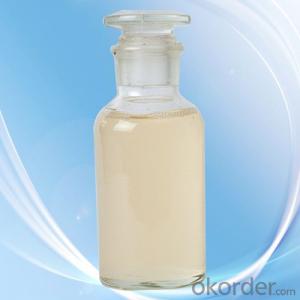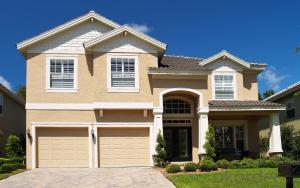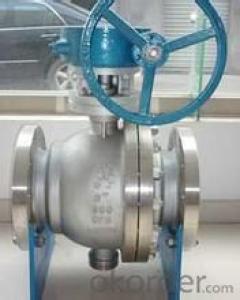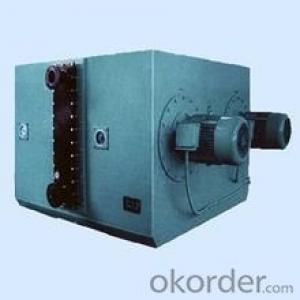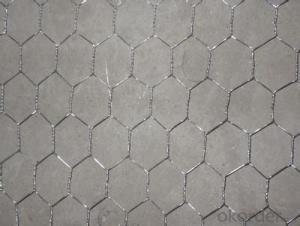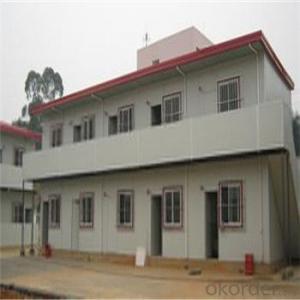Geomembrana De 1 Mm Precio
Geomembrana De 1 Mm Precio Related Searches
Geomembrana De Pvc Geomembrana Hdpe 1 Mm Precio Geomembrana De 1 Mm Precio Geomembrana De Hdpe Geomembrana 1.5 Mm Precio Venta De Geomembrana En Mexico Venta De Geomembrana En Honduras Venta De Geomembrana En Puebla Geomembrana Precio M2 Precio De La GeomembranaHot Searches
Tanque De Geomembrana Tanques De Geomembrana Tanques De Geomembrana Precios Tanque De Geomembrana Tanques De Geomembrana Tanques De Geomembrana PreciosGeomembrana De 1 Mm Precio Supplier & Manufacturer from China
Okorder.com is a professional Geomembrana De 1 Mm Precio supplier & manufacturer, offers integrated one-stop services including real-time quoting and online cargo tracking. We are funded by CNBM Group, a Fortune 500 enterprise and the largest Geomembrana De 1 Mm Precio firm in China.Hot Products
FAQ
- Yes, stainless steel sheets are suitable for chemical storage vessels. Stainless steel is highly resistant to corrosion and can withstand harsh chemicals, making it a reliable choice for storing various types of chemicals safely.
- Yes, stainless steel sheets are indeed suitable for chemical reactors. Stainless steel is highly resistant to corrosion, which makes it an ideal material for handling various chemicals and withstanding harsh environments. Its durability, strength, and ability to maintain structural integrity under high temperatures and pressure make stainless steel sheets a reliable choice for chemical reactor construction. Additionally, stainless steel's non-reactive nature ensures that it does not contaminate or react with the chemicals being processed, ensuring the integrity and safety of the reactor.
- Architectural applications often utilize different types of stainless steel sheet finishes to enhance appearance and protect against corrosion and wear. 1. The most commonly used stainless steel sheet finish is No. 1, also known as "hot rolled annealed and pickled." This finish involves hot rolling the sheet, resulting in a rough, dull surface. It is then annealed and pickled to remove impurities, leaving a clean and uniform surface. 2. No. 2B Finish is achieved by cold rolling the sheet after annealing and pickling. This creates a smooth, reflective surface with a slight grainy texture. It is preferred for applications requiring high corrosion resistance and a polished appearance. 3. No. 4 Finish, also called "brushed finish," is accomplished by mechanically polishing the sheet with abrasive belts or brushes. This produces a satin-like look with fine parallel lines. No. 4 finish is commonly used for decorative purposes in architectural applications such as wall panels, elevator interiors, and column covers. 4. No. 8 Mirror Finish is achieved by mechanically polishing the sheet to create a highly reflective, mirror-like surface. It offers a bright appearance and is often used for decorative applications like wall cladding, signage, and decorative trim. 5. Bead Blasted Finish involves blasting the sheet with fine glass beads to create a textured, matte surface. This finish provides a unique aesthetic and is commonly used when a non-reflective, tactile surface is desired, such as in elevator doors, handrails, and countertops. 6. Patterned Finishes are created by embossing or etching the sheet with various patterns or textures. This adds visual interest to architectural applications, commonly used for wall panels, ceiling tiles, and decorative screens. These are just a few examples of the most commonly used stainless steel sheet finishes in architectural applications. Each finish offers distinct aesthetic and functional characteristics, allowing architects and designers to select the most suitable finish for their specific project requirements.
- There are several different types of etched patterns available for stainless steel sheets, each offering a unique and visually appealing design. Some of the popular etched patterns include: 1. Diamond Pattern: This pattern features a series of small diamond-shaped indentations etched onto the surface of the stainless steel. It creates a classic and elegant look, often used in architectural applications. 2. Checkerboard Pattern: As the name suggests, this pattern resembles a checkered board, with alternating squares etched onto the stainless steel sheet. It offers a modern and geometric design, commonly used in interior design and decorative applications. 3. Floral Pattern: This pattern incorporates various floral designs etched onto the stainless steel sheet. It adds a touch of elegance and sophistication, often seen in luxury home decor and jewelry. 4. Geometric Pattern: Geometric patterns include a wide range of designs, such as circles, squares, triangles, and other abstract shapes etched onto the stainless steel sheet. These patterns offer a contemporary and artistic look, suitable for both modern and traditional settings. 5. Wave Pattern: This pattern features wavy lines etched onto the stainless steel sheet, creating a sense of movement and fluidity. It is commonly used in architectural projects, giving a dynamic and visually interesting effect. 6. Textured Pattern: Textured patterns involve various textures etched onto the stainless steel sheet, such as brushed, hammered, or linen finishes. These patterns add depth and dimension to the metal, making it ideal for interior design and decorative purposes. 7. Custom Patterns: In addition to the standard etched patterns, there is also the option to create custom patterns based on specific designs or logos. This allows for personalized and unique stainless steel sheets, often used in branding or specialty projects. Overall, the variety of etched patterns available for stainless steel sheets allows for endless possibilities in design and application. Whether it's for architectural, decorative, or industrial purposes, there is a pattern to suit every need and aesthetic preference.
- Perforated stainless steel sheets offer several benefits in ventilation systems. Firstly, they allow for efficient airflow by allowing air to pass through the small holes, ensuring proper ventilation and preventing any blockages. Secondly, the stainless steel material is highly durable and resistant to corrosion, ensuring long-term performance in various environments. Additionally, these sheets provide a sleek and aesthetically pleasing appearance, making them suitable for both industrial and commercial applications. Lastly, the perforations can be customized to meet specific airflow requirements, offering flexibility in design and functionality.
- The maximum temperature stainless steel sheets can withstand depends on the specific grade of stainless steel. Generally, most stainless steel grades can withstand temperatures up to around 1500°F (815°C) before experiencing significant oxidation or scaling. However, certain high-temperature grades of stainless steel, such as 310 or 321, can withstand temperatures up to 2100°F (1150°C) or even higher. It is important to consider the specific application and grade of stainless steel when determining the maximum temperature it can withstand to ensure optimal performance and durability.
- Brewery tanks can indeed utilize stainless steel sheets. In the brewing industry, stainless steel is widely employed due to its exceptional resistance to corrosion, strength, and hygienic characteristics. It is a non-reactive material, meaning it does not interact with the beer or modify its flavor, consequently ensuring the purity and quality of the final product. By shaping and welding stainless steel sheets, tanks of various sizes and shapes can be created, making them suitable for a broad range of brewing applications. Moreover, stainless steel is effortless to clean, maintain, and sanitize, which is crucial for preserving the cleanliness and sterility of brewery tanks. In summary, stainless steel sheets are an ideal choice for brewery tanks due to their durability, chemical resistance, and hygienic properties.
- The standard sizes of stainless steel sheets can vary depending on the specific requirements and applications. However, common standard sizes for stainless steel sheets include 4 feet by 8 feet, 4 feet by 10 feet, and 5 feet by 10 feet. Other sizes may also be available based on customer needs and supplier capabilities.


